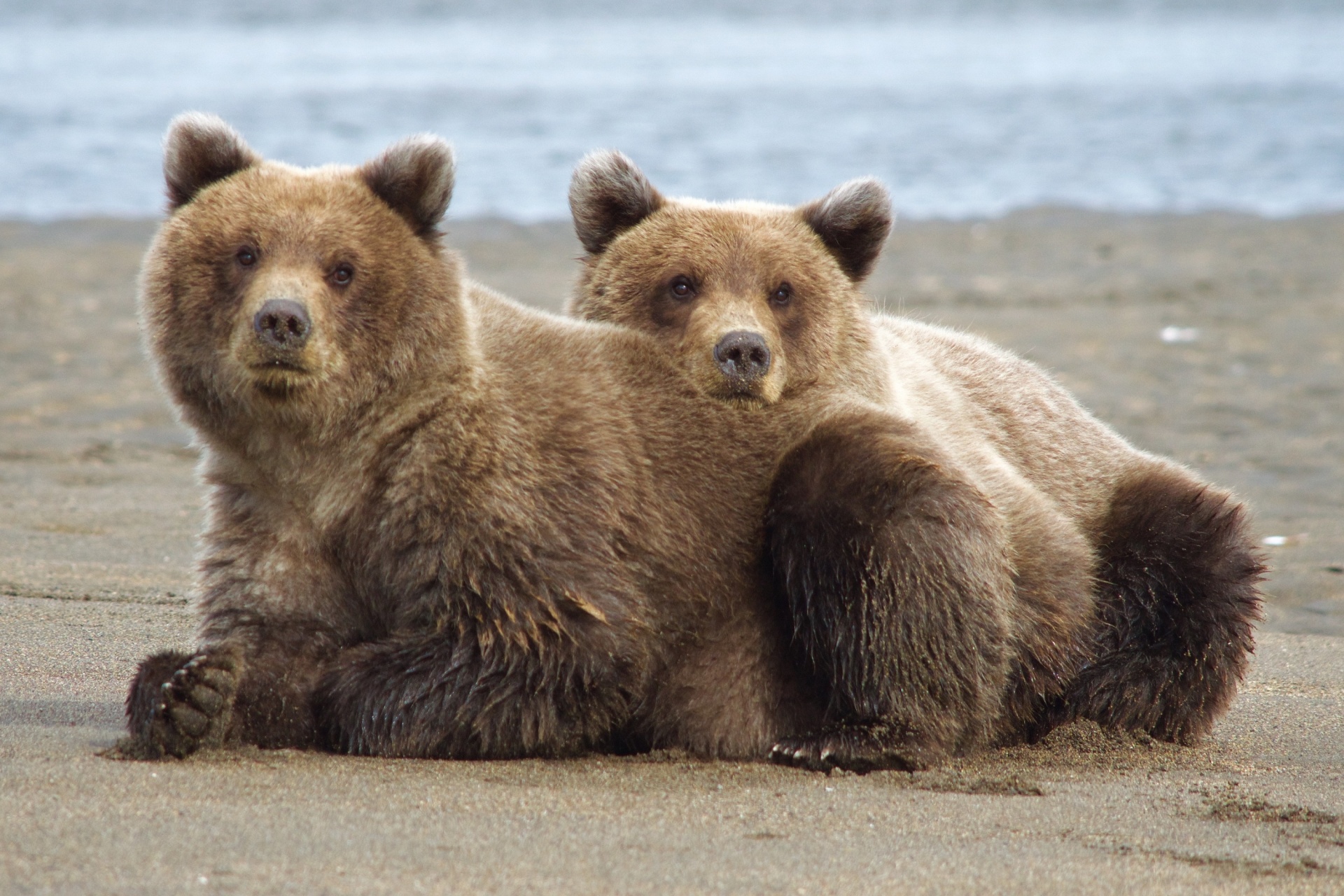

Shrews should be perfect candidates – small and fast-moving, with bodies that lose heat rapidly, a high metabolic rate and an insectivorous diet. It isn’t a very long list and there are some omissions that might surprise people – mice and voles, for example, are active and alert all winter, and squirrels don’t just stay awake, they breed in January. There are only three types of animals in Britain that are true hibernators: dormice, hedgehogs and bats. © Nature Picture Library/Getty Do all of Britain's mammals hibernate? Common dormouse (Muscardinus avellanarius) curled up asleep in nest with hazelnuts. Also, many insects, amphibians and reptiles. Small mammals, such as chipmunks, dormice, hamsters, hedgehogs and bats. Depending on the species, it can vary from long, deep unconsciousness to light spells of inactivity.īut hibernation carries risks as the dormant animal is vulnerable to predators and the unpredictable climate. Hibernating is much more profound than simply sleeping, though. This works in a similar way and enables them to survive extreme heat, drought or lack of food. © lorenzo104/GettyĪnimals in hot climates also undergo a form of hibernation called aestivation. A baby hedgehog born too late to have enough fat reserves for hibernation. Instead, they turn down their metabolisms to save energy. Hibernation is a way for many creatures – from butterflies to bats – to survive cold, dark winters without having to forage for food or migrate to somewhere warmer. In our expert guide, we take a close look at hibernation, aestivation, torpor and denning – including whether they're dangerous and which animals do them. There are different states of hibernation in hot and cold environments with variable functions, durations and dangers to the animal in question. But there's more to hibernation than that. Many of us think that hibernating animals go to sleep in the autumn, and wake up in the spring in time for the warmer weather. What is hibernation, how does it work, and which animals do it?


 0 kommentar(er)
0 kommentar(er)
